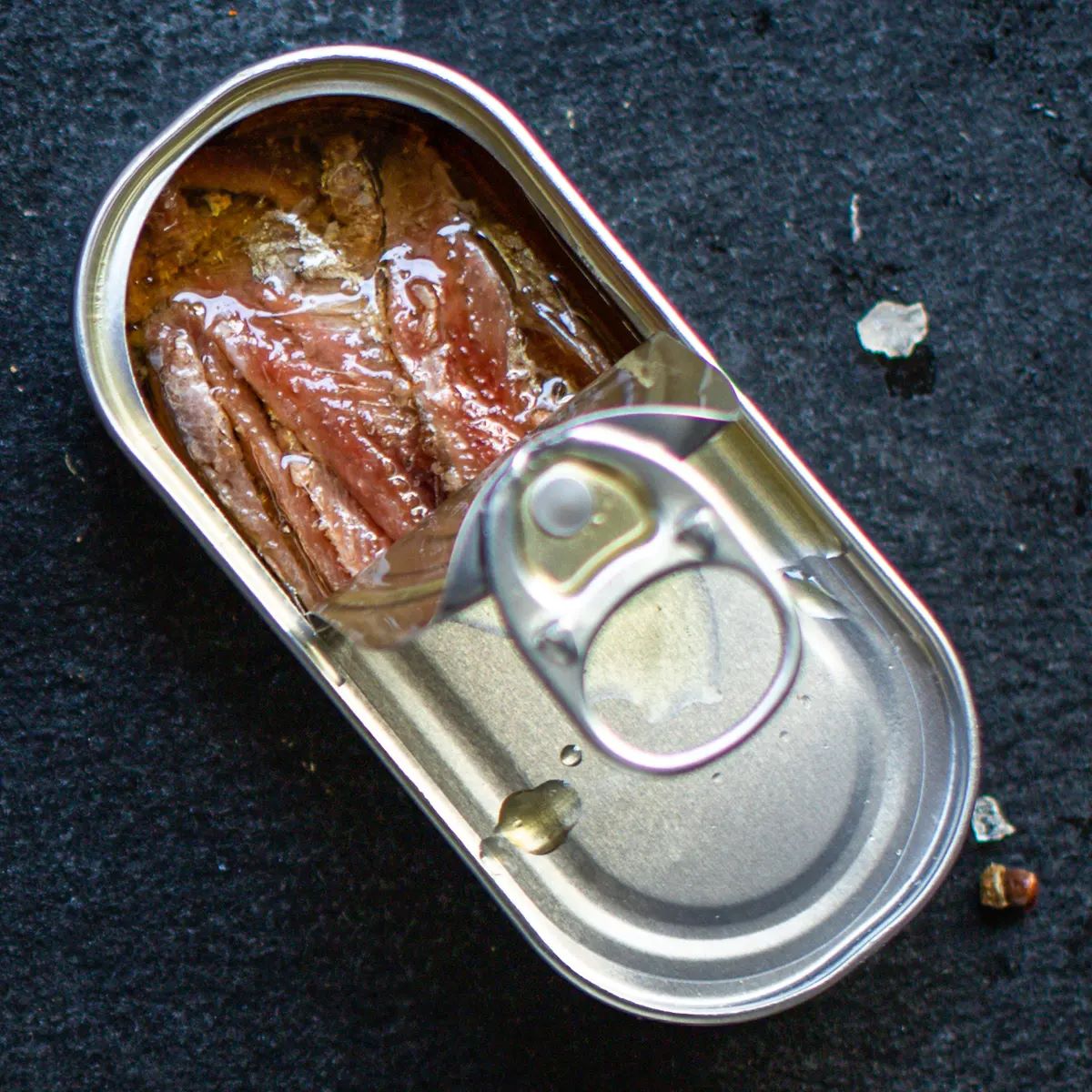

Articles
How To Store Anchovies After Opening Can
Modified: January 6, 2024
Learn how to properly store anchovies after opening the can to keep them fresh and flavorful. Our articles provide step-by-step instructions and tips for preserving the taste and texture of these delicious little fish.
(Many of the links in this article redirect to a specific reviewed product. Your purchase of these products through affiliate links helps to generate commission for Storables.com, at no extra cost. Learn more)
Introduction
Anchovies are a popular and flavorful ingredient used in various cuisines around the world. These small, oily fish are packed with umami flavor, making them a favorite addition to salads, pasta dishes, pizzas, and more. While anchovies are commonly sold in cans, not everyone uses the entire can in one go. So, the question arises: how do you store anchovies properly after opening the can?
Properly storing anchovies is essential to maintain their quality, flavor, and texture. If not stored correctly, anchovies can quickly spoil and develop an unpleasant odor. By following a few simple steps, you can ensure that your anchovies retain their freshness and taste for an extended period.
In this article, we will guide you through the process of storing anchovies after opening a can. We will cover the necessary steps and provide you with valuable tips to keep your anchovies in optimal condition. Let’s dive in!
Key Takeaways:
- Properly storing anchovies is crucial to maintain their freshness, flavor, and quality. Follow the steps outlined to ensure your anchovies remain in optimal condition for an extended period.
- By covering anchovies with olive oil or salt and refrigerating them properly, you can extend their shelf life and maintain their flavor and texture. Label and date the container for easy identification and usage within a reasonable time frame.
Read more: How To Store Anchovies After Opening
Why It’s Important to Store Anchovies Properly
Properly storing anchovies is crucial for several reasons. Here’s why it’s important:
- Maintaining Freshness: Storing anchovies correctly helps preserve their freshness and flavor. When exposed to air, anchovies can oxidize and develop a fishy taste and odor. By storing them properly, you can maintain their delicate taste and aroma.
- Preventing Spoilage: Anchovies are highly perishable due to their high oil content. Without proper storage, they can spoil quickly, leading to food wastage. By following the correct storage techniques, you can extend their shelf life and reduce waste.
- Ensuring Food Safety: Proper storage practices help prevent bacterial growth and foodborne illnesses. Anchovies are often salted or packed in oil, which can inhibit bacterial growth. However, if not stored correctly, harmful bacteria can develop, leading to health risks.
- Cost-Effective: By storing anchovies properly, you can make the most out of your purchase. Instead of throwing away unused anchovies, you can store them for future use, saving money in the long run.
By understanding the importance of proper storage, you can ensure that your anchovies remain fresh, safe to consume, and ready to enhance your culinary creations.
Steps to Store Anchovies After Opening Can
Follow these steps to store anchovies after opening a can:
- Rinse Anchovies: Before storing, gently rinse the anchovies under cold running water to remove excess salt or oil. This step helps to mellow their flavor and reduce the overall saltiness.
- Pat Dry with Paper Towels: After rinsing, carefully pat the anchovies dry with paper towels. Removing excess moisture helps prevent bacterial growth and maintains their texture.
- Transfer to an Airtight Container: Place the rinsed and dried anchovies in an airtight container. A glass jar or a plastic container with a tight-sealing lid works well. Ensure that the container is clean and dry before transferring the anchovies.
- Cover with Olive Oil or Salt: To further preserve the freshness of the anchovies, you can choose to cover them with either olive oil or salt. Olive oil acts as a barrier against air and helps maintain their flavor. Alternatively, you can sprinkle a layer of salt between each layer of anchovies, which acts as a natural preservative.
- Refrigerate Properly: Seal the container tightly and store it in the refrigerator. The cool temperature helps slow down spoilage and preserves the anchovies’ quality. Aim to keep the refrigerator temperature between 34-38°F (1-3°C).
- Label and Date the Container: It’s important to label the container with the date of storage. This allows you to keep track of the anchovies’ freshness and ensures that you use them within a reasonable time frame.
By following these steps, you can store anchovies properly and extend their shelf life while maintaining their flavor and quality.
Rinse Anchovies
The first step in storing anchovies after opening the can is to rinse them. Rinsing the anchovies helps to remove any excess salt or oil, reducing their overall saltiness and mellowing their flavor.
To rinse the anchovies, place them in a colander or strainer and run cold water over them. Gently agitate the anchovies with your fingers to ensure that all surfaces are rinsed thoroughly. Avoid using hot water, as it can cook the anchovies and alter their texture.
Rinsing the anchovies not only helps to remove excess salt and oil, but it also helps to remove any debris or impurities that may be present. This step is particularly important if you prefer a milder flavor or if the anchovies are heavily salted.
Take care not to rinse the anchovies for too long, as they may lose some of their natural flavor. A brief rinse is usually sufficient to achieve the desired reduction in saltiness.
After rinsing, gently shake off any excess water from the anchovies. They should be slightly damp but not dripping wet. Pat them dry with paper towels to remove any remaining moisture. This step is important as excess moisture can lead to spoilage and bacterial growth.
Once the anchovies are rinsed and dried, they are ready to be transferred to an airtight container for storage. Taking the time to properly rinse the anchovies sets the stage for storing them correctly and preserving their flavor and quality.
Pat Dry with Paper Towels
After rinsing the anchovies, the next step in storing them after opening the can is to pat them dry with paper towels. This step helps to remove any excess moisture and ensures that the anchovies stay fresh and free from bacterial growth.
To pat dry the anchovies, lay them out on a clean, dry surface such as a cutting board or a layer of paper towels. Take a few sheets of paper towels and gently press them onto the anchovies, absorbing any remaining moisture.
It’s essential to be gentle when patting the anchovies dry to avoid crushing or breaking them. The delicate texture of anchovies can easily be damaged if too much pressure is applied. A light touch is sufficient to remove the excess moisture without damaging the fish.
By patting the anchovies dry, you eliminate the risk of excess moisture promoting bacterial growth. Bacteria thrive in moist environments, and keeping the anchovies dry helps to prolong their shelf life and maintain their taste and texture.
Once the anchovies are properly patted dry, they are ready to be transferred to an airtight container for storage. Continuing with these steps ensures that the anchovies remain in optimal condition and are ready for use whenever you need them.
Read more: How To Store Anchovies In Oil After Opening
Transfer to an Airtight Container
After rinsing and patting dry the anchovies, the next step in storing them after opening the can is to transfer them to an airtight container. An airtight container provides an optimal environment for preserving the anchovies’ freshness and flavor.
When choosing a container, opt for one that is specifically designed to be airtight, such as a glass jar with a tight-sealing lid or a plastic container with a secure snap-on lid. Make sure the container is clean and completely dry before transferring the anchovies.
Place the rinsed and dried anchovies into the airtight container, arranging them in a single layer if possible. Avoid overpacking the container, as it can lead to the anchovies sticking together or becoming excessively compressed.
If you have multiple layers of anchovies, it is advisable to separate each layer with a piece of parchment paper or plastic wrap. This helps prevent them from sticking together and makes it easier to remove a desired quantity without disturbing the rest.
By transferring the anchovies to an airtight container, you create a controlled environment that protects them from exposure to air and moisture. This step is crucial in maintaining their freshness and preventing them from spoiling quickly.
Once the anchovies are safely stored in an airtight container, they are ready for the next step in the storage process. In the following steps, we will cover how to cover the anchovies with olive oil or salt, properly refrigerate them, and label the container for easy identification.
Store opened anchovy cans in an airtight container or resealable bag in the refrigerator. Make sure to cover the anchovies with oil to keep them fresh and flavorful. They should last for up to 2 weeks.
Cover with Olive Oil or Salt
Once the anchovies are transferred to the airtight container, the next step in storing them after opening the can is to cover them either with olive oil or salt. These methods help to further preserve the anchovies’ freshness and flavor.
Covering with Olive Oil: One common method is to cover the anchovies with olive oil. Olive oil acts as a protective barrier, sealing the anchovies from exposure to air and preventing oxidation. Additionally, the oil imparts its own flavor to the anchovies, enhancing their taste.
To cover the anchovies with olive oil, ensure that the anchovies are completely submerged in the oil. The oil level should be at least one inch above the top layer of anchovies. This ensures proper coverage and minimizes contact with air.
You can choose between using extra-virgin olive oil or a milder-flavored olive oil, depending on your preference. Remember to use a good-quality olive oil for the best results.
Covering with Salt: An alternative method is to cover the anchovies with salt. Salt acts as a natural preservative, inhibiting bacterial growth and helping to maintain the anchovies’ freshness.
To cover the anchovies with salt, sprinkle a layer of salt between each layer of anchovies in the container. The salt should form a thin, even layer covering the top layer of anchovies. This creates an environment that is inhospitable to bacteria and helps extend the anchovies’ shelf life.
Whether you choose olive oil or salt as the covering method, ensure that the anchovies are completely coated and protected. This step plays a vital role in keeping the anchovies fresh and retaining their flavor.
Once the anchovies are covered, proceed to the next step of refrigerating them properly to maintain their quality and prevent spoilage.
Refrigerate Properly
After covering the anchovies with either olive oil or salt, the next important step in storing them after opening the can is to refrigerate them properly. Proper refrigeration helps to slow down spoilage and preserve the anchovies’ quality for a longer period.
Place the airtight container with the anchovies in the refrigerator, preferably on one of the top shelves where the temperature is the most consistent. Make sure there is enough space around the container for proper air circulation.
The ideal refrigerator temperature for storing anchovies is between 34-38°F (1-3°C). This range helps to inhibit bacterial growth and maintain the freshness of the fish.
It is essential to avoid storing the anchovies in the refrigerator door, as the temperature there tends to fluctuate more than on the shelves. The door is also frequently opened, which can expose the anchovies to temperature fluctuations and affect their quality.
Additionally, keep the anchovies away from strong-smelling foods in the refrigerator to prevent them from absorbing any unwanted odors. Also, make sure the container is properly sealed to prevent any cross-contamination or odor transfer.
By refrigerating the anchovies at the correct temperature and in a suitable location in the refrigerator, you can extend their shelf life and maintain their flavor and texture.
In the next step, you’ll learn how to label and date the container for easy identification and to ensure that you use the anchovies within a reasonable time frame.
Label and Date the Container
Once you have stored the anchovies in an airtight container and refrigerated them, the final step is to label and date the container. Proper labeling ensures that you can easily identify the stored anchovies and keep track of their freshness.
Using a waterproof marker or a label, write the date of storage on the container. This will allow you to keep track of how long the anchovies have been stored and ensure that you use them within a reasonable time frame.
In addition to the date, you may also want to include a brief description on the label, such as “anchovies in olive oil” or “anchovies in salt.” This can be especially helpful if you have stored different batches or prepared the anchovies using different methods.
Labeling the container also helps prevent confusion in the refrigerator. It ensures that you can easily find the anchovies when you need them and avoid mistakenly using them past their recommended usage period.
Remember to place the labeled container in a visible spot in the refrigerator, preferably at eye level or in a designated section for condiments and preserved foods.
By labeling and dating the container, you can ensure that the anchovies are used at their best quality and flavor. It also helps you maintain an organized and efficient storage system for your pantry or refrigerator.
With these final steps completed, you have successfully stored the anchovies after opening the can. Now you can enjoy the convenience of having anchovies readily available for your culinary creations.
Read more: How To Store Opened Anchovies
Tips for Storing Anchovies
Here are some additional tips to help you store anchovies effectively and maintain their quality:
- Use high-quality anchovies: Start with fresh, high-quality anchovies for the best results. Look for anchovies that are firm, with bright eyes and a shiny skin.
- Buy smaller cans: If you don’t use anchovies frequently, consider purchasing smaller cans to minimize waste. This way, you can open a new can when needed and store the remaining anchovies for future use.
- Avoid freezing anchovies: Freezing can alter the texture and flavor of anchovies, so it’s not recommended. Instead, focus on using proper storage techniques in the refrigerator.
- Store anchovies in small portions: If you frequently use anchovies in your recipes, consider portioning them into smaller containers or bags. This way, you can thaw and use only what you need, without exposing the entire batch to air.
- Keep the storage container clean: Before transferring the anchovies to the container, make sure it is clean and free from any residues. Leftover oil or salt from previous storage can affect the quality of the new batch.
- Rotate the anchovies: If you have multiple containers or batches of anchovies, remember to rotate them properly. Use the older ones first to avoid waste and maintain freshness.
- Inspect for spoilage: Before using the anchovies, visually inspect them for any signs of spoilage. Discard any anchovies that have a slimy texture, a pungent odor, or appear discolored.
- Use stored anchovies within 6 months: While properly stored anchovies can remain safe to eat for up to 6 months, it’s best to use them within 3-4 months for optimal flavor and texture.
By following these tips, you can maximize the shelf life of anchovies and ensure that they are always fresh and ready to elevate the taste of your dishes.
Conclusion
Storing anchovies properly after opening the can is crucial to maintain their freshness, flavor, and quality. By following the steps outlined in this article, you can ensure that your anchovies remain in optimal condition for an extended period.
Rinsing the anchovies helps to reduce their saltiness and remove any debris or impurities. Patting them dry with paper towels removes excess moisture, preventing bacterial growth. Transferring the anchovies to an airtight container protects them from exposure to air and moisture.
Covering the anchovies with either olive oil or salt creates a barrier that helps preserve their taste and texture. Proper refrigeration at the recommended temperature further slows down spoilage and maintains their freshness.
Labeling and dating the container allows for easy identification and ensures that you use the anchovies within a reasonable time frame. Following these steps, along with additional tips, such as using high-quality anchovies and avoiding freezing, will help you store anchovies effectively.
Remember to inspect the anchovies for signs of spoilage before using them and use the stored anchovies within the recommended timeframe for the best flavor.
With proper storage techniques, you can enjoy the convenience of having anchovies on hand whenever you need them. Whether you’re adding them to salads, pastas, pizzas, or other delicious recipes, your properly stored anchovies will continue to enhance the flavors of your dishes.
So go ahead and confidently stock up on anchovies, knowing that you have the knowledge and methods to store them properly and make the most out of this flavorful ingredient.
Frequently Asked Questions about How To Store Anchovies After Opening Can
Was this page helpful?
At Storables.com, we guarantee accurate and reliable information. Our content, validated by Expert Board Contributors, is crafted following stringent Editorial Policies. We're committed to providing you with well-researched, expert-backed insights for all your informational needs.
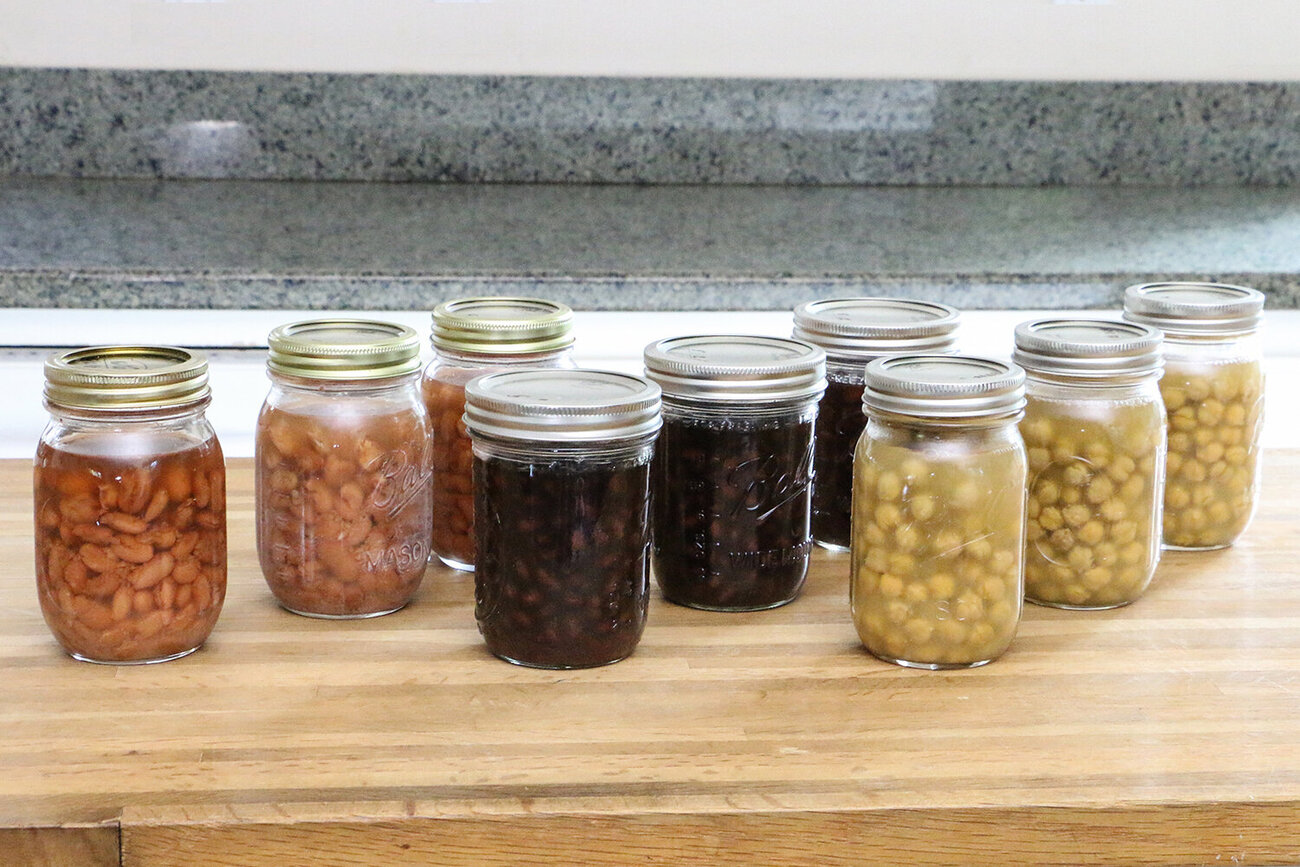
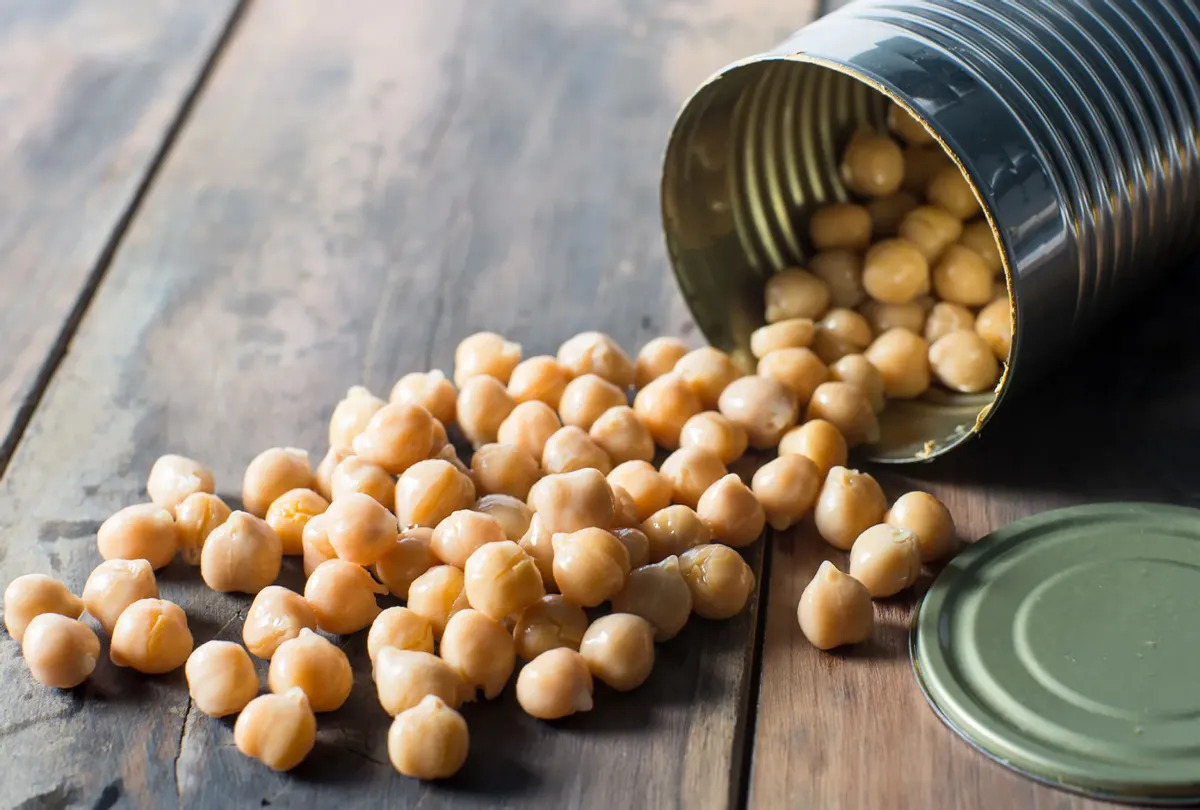
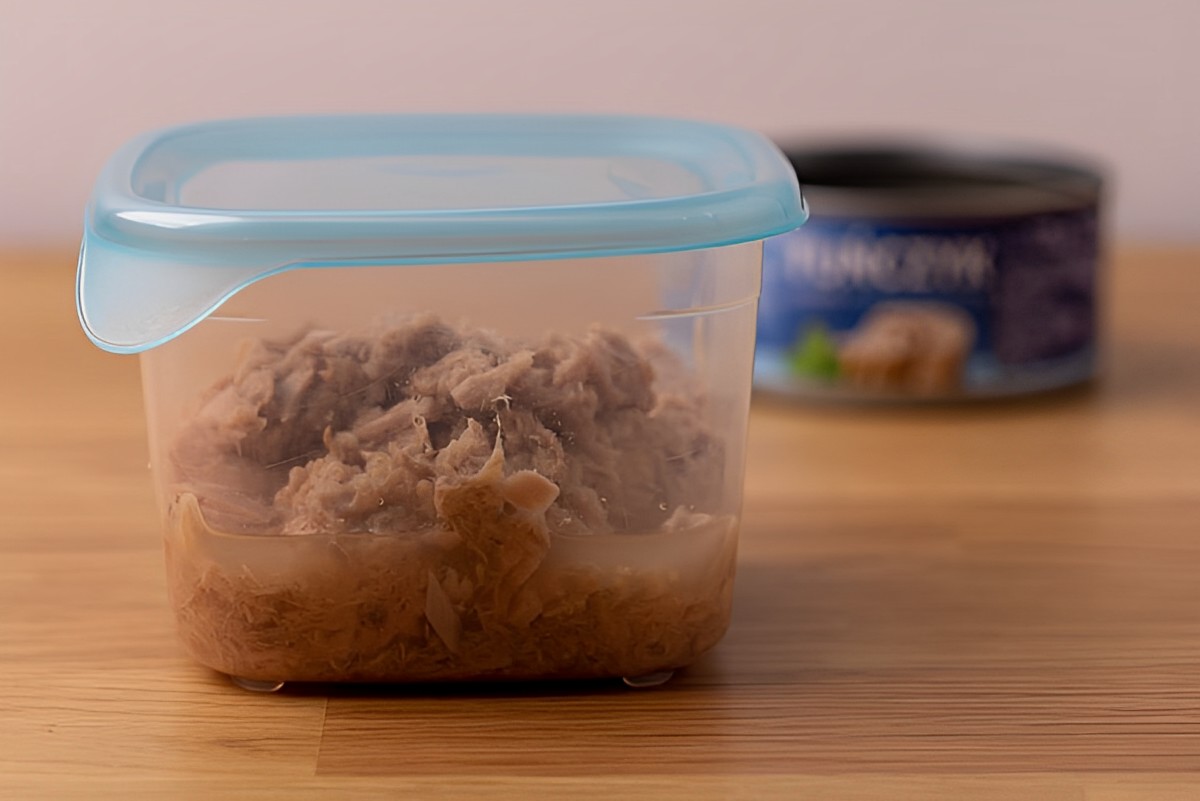
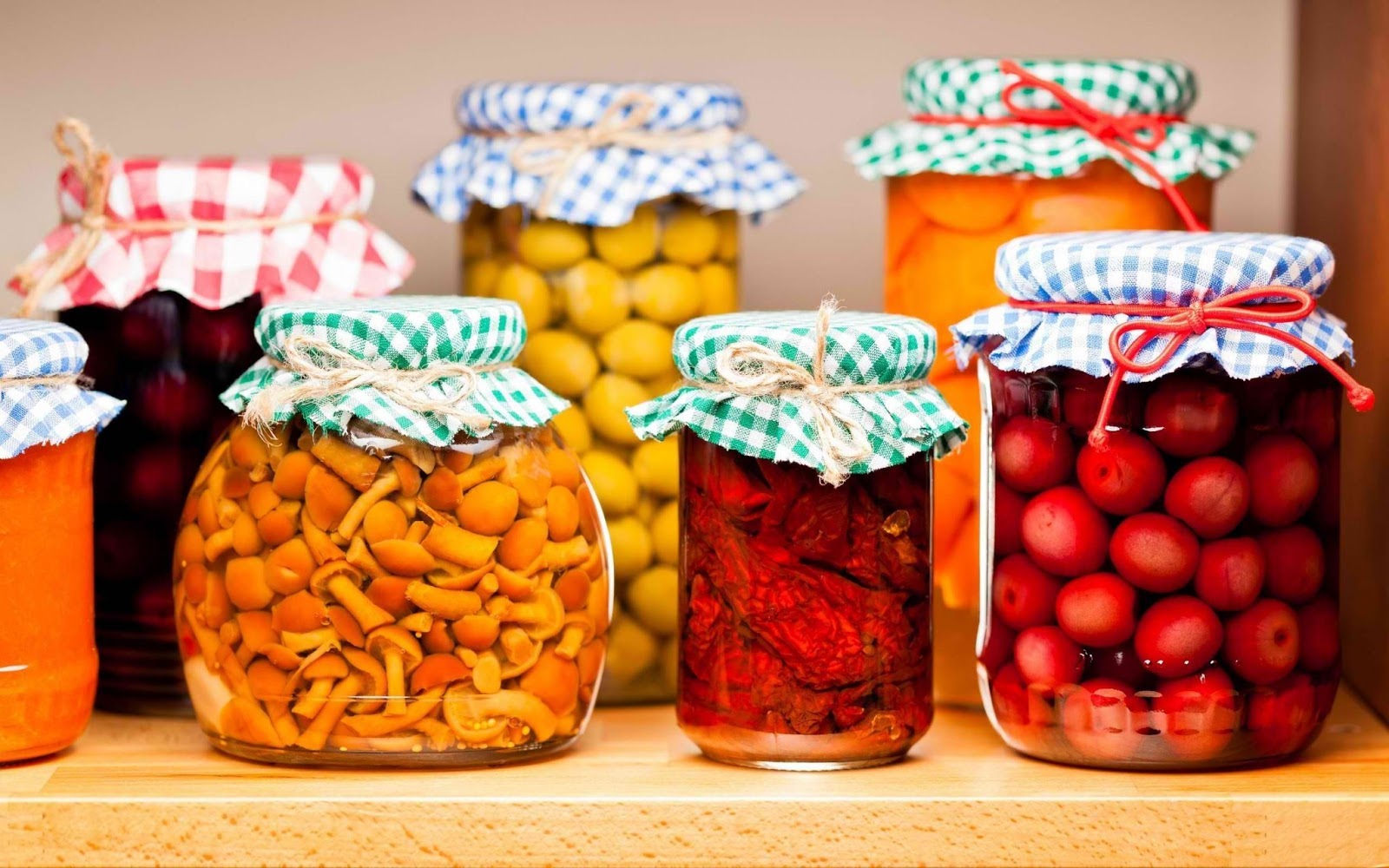
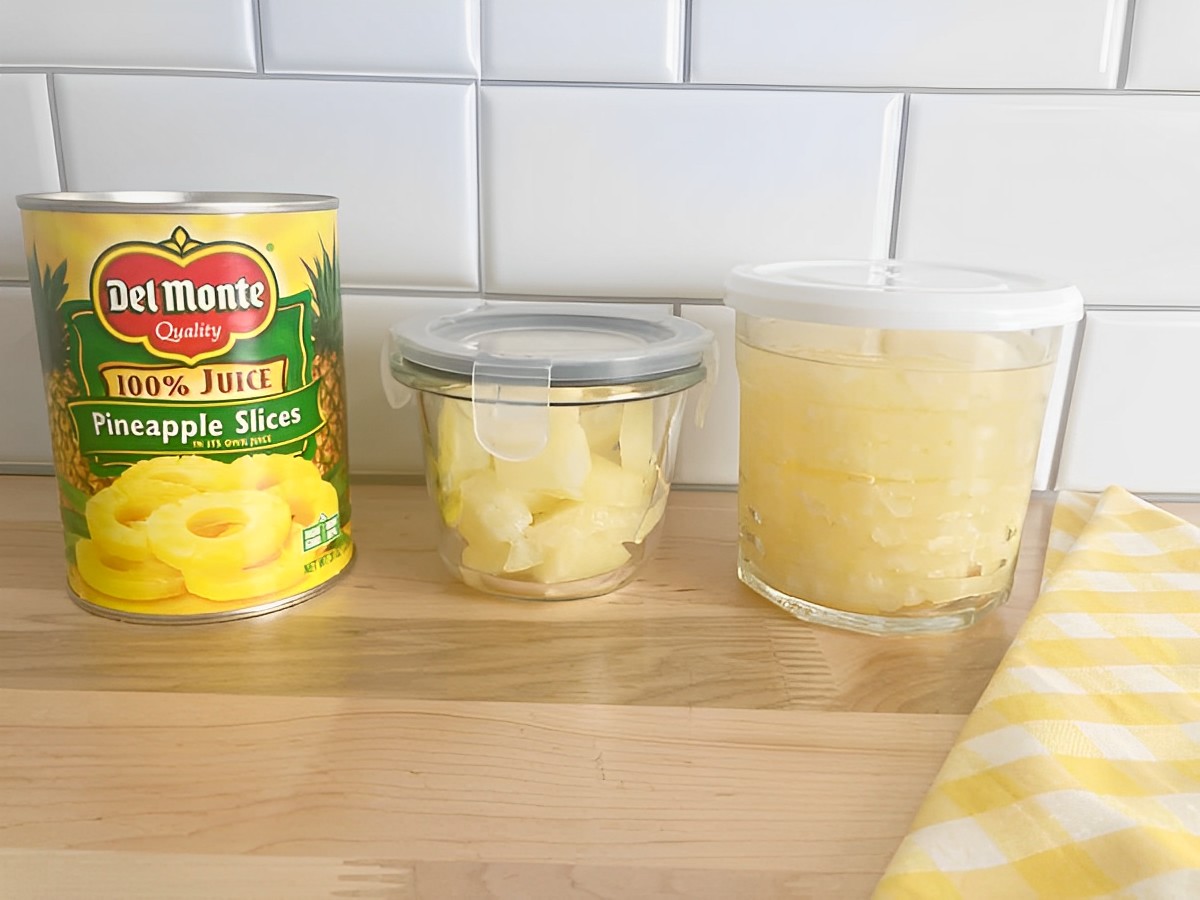
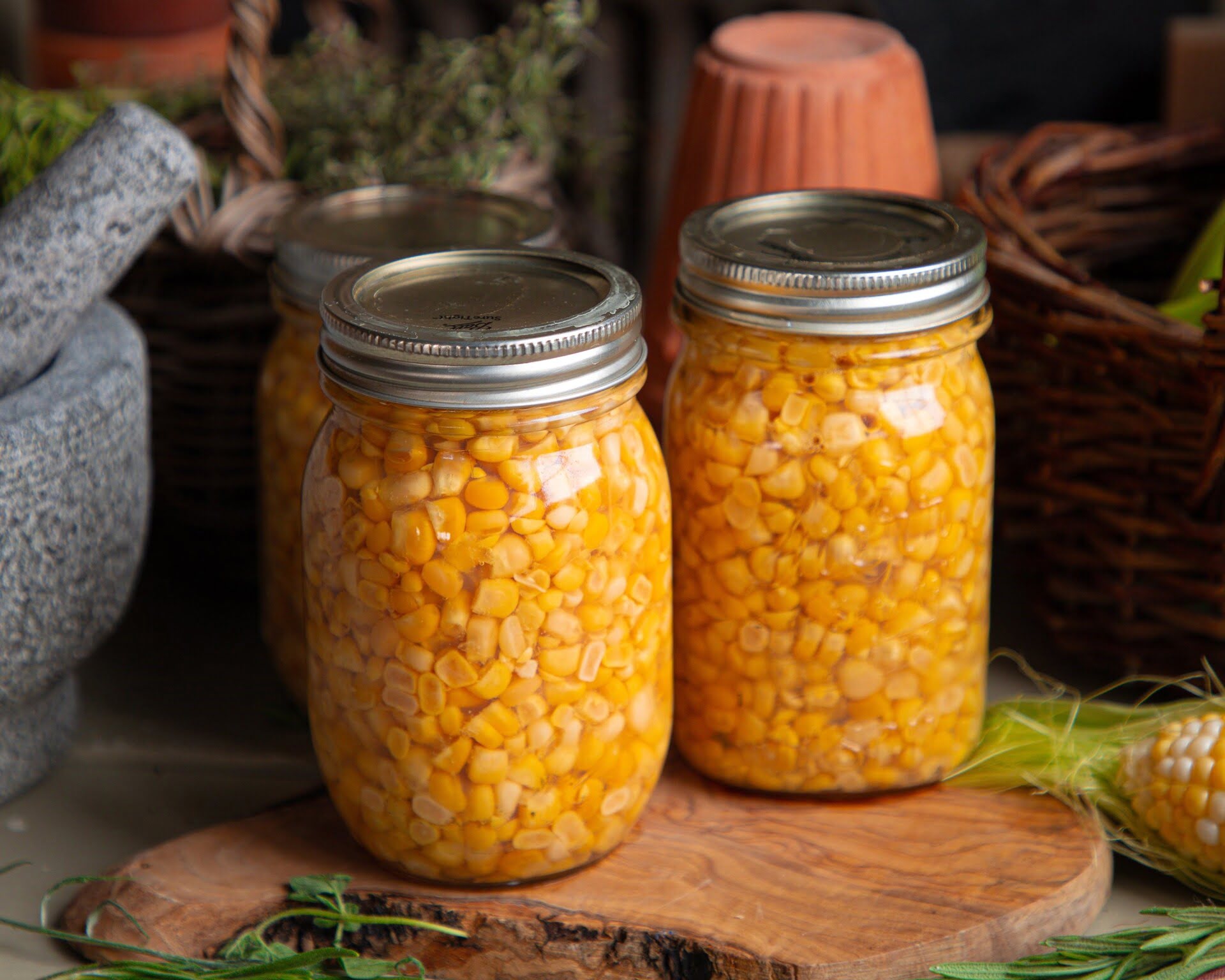
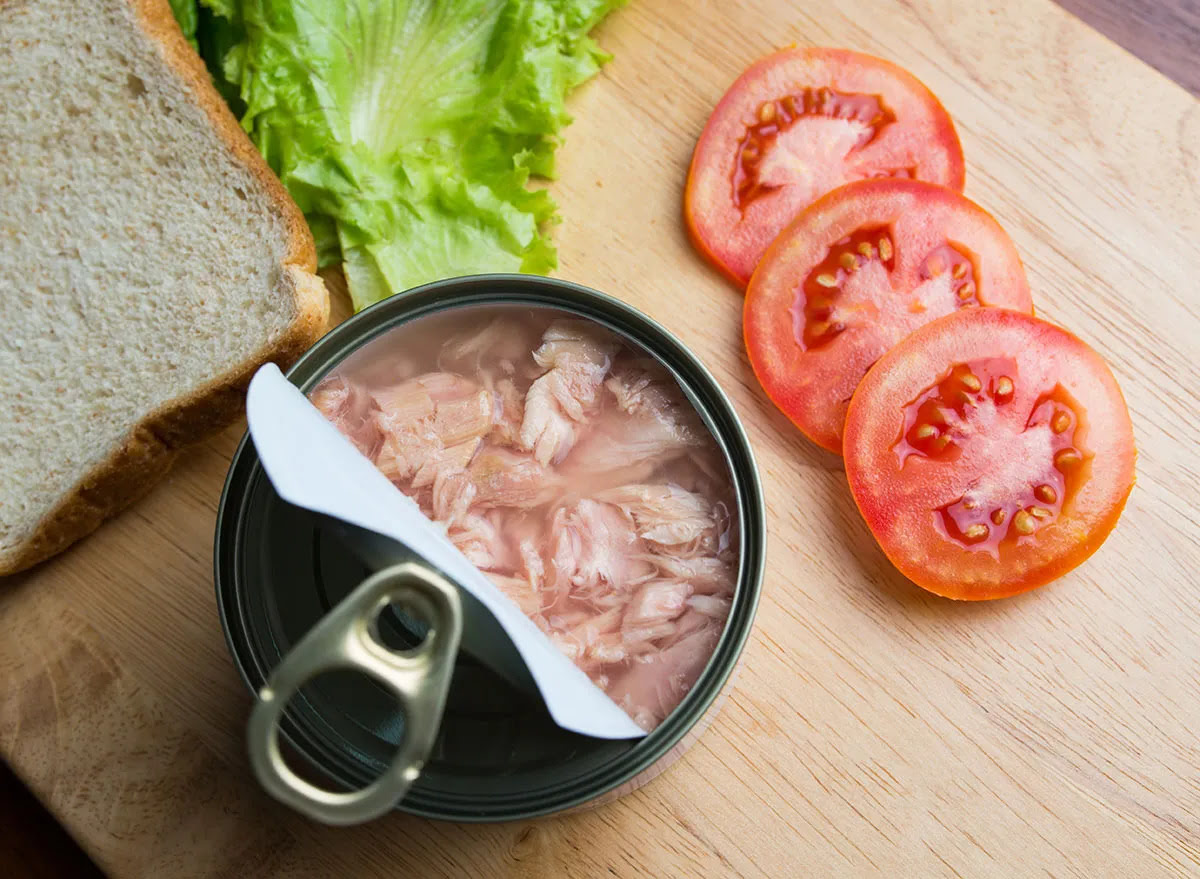
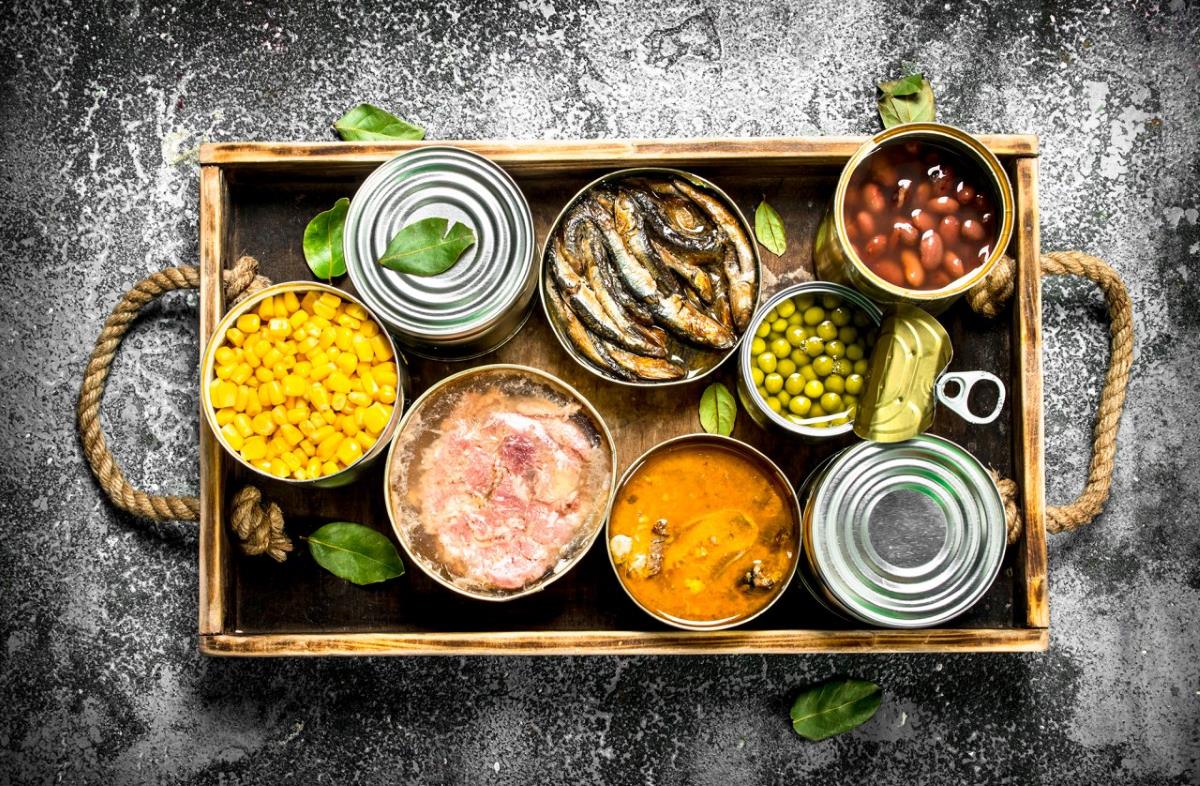
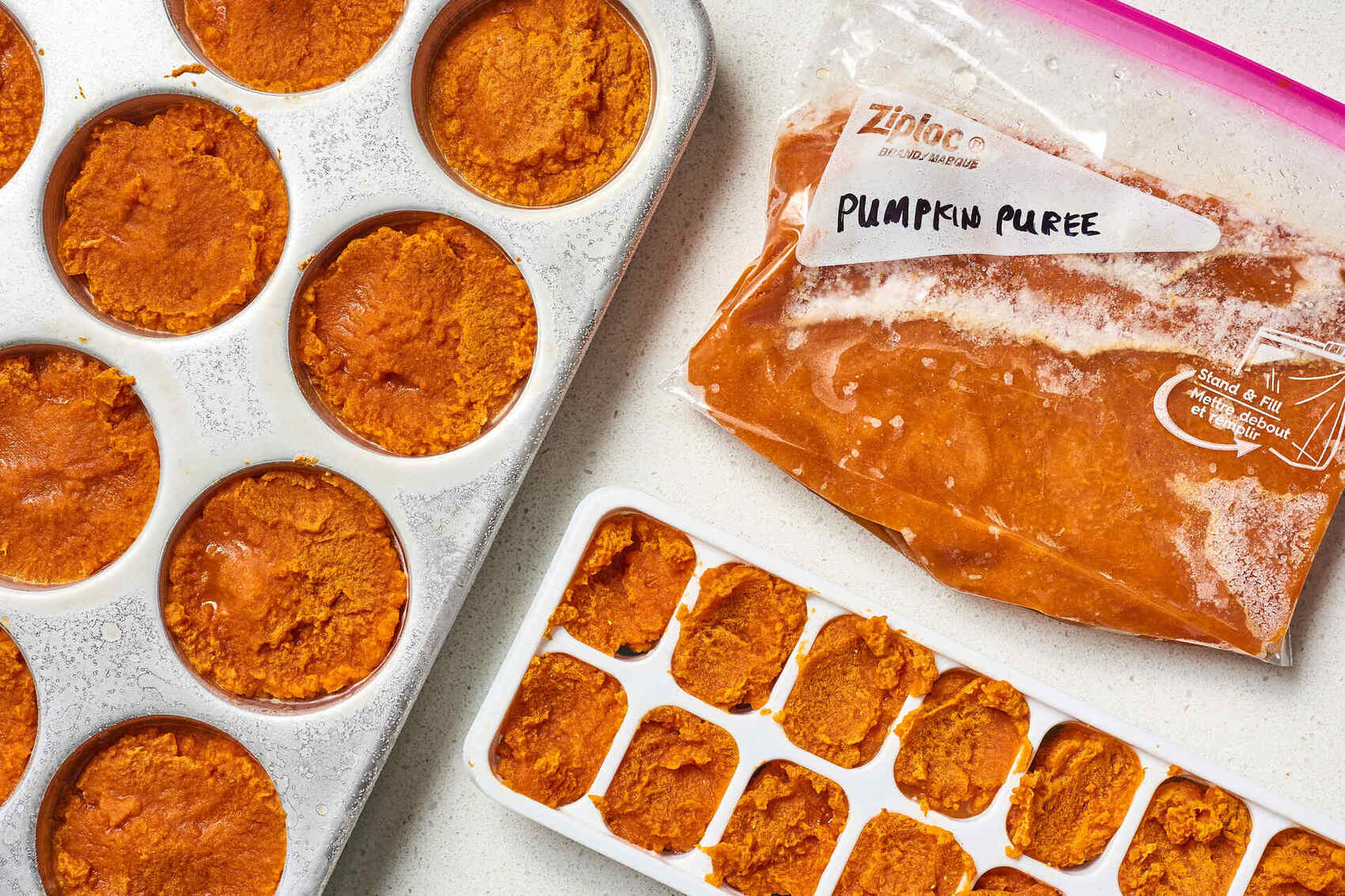
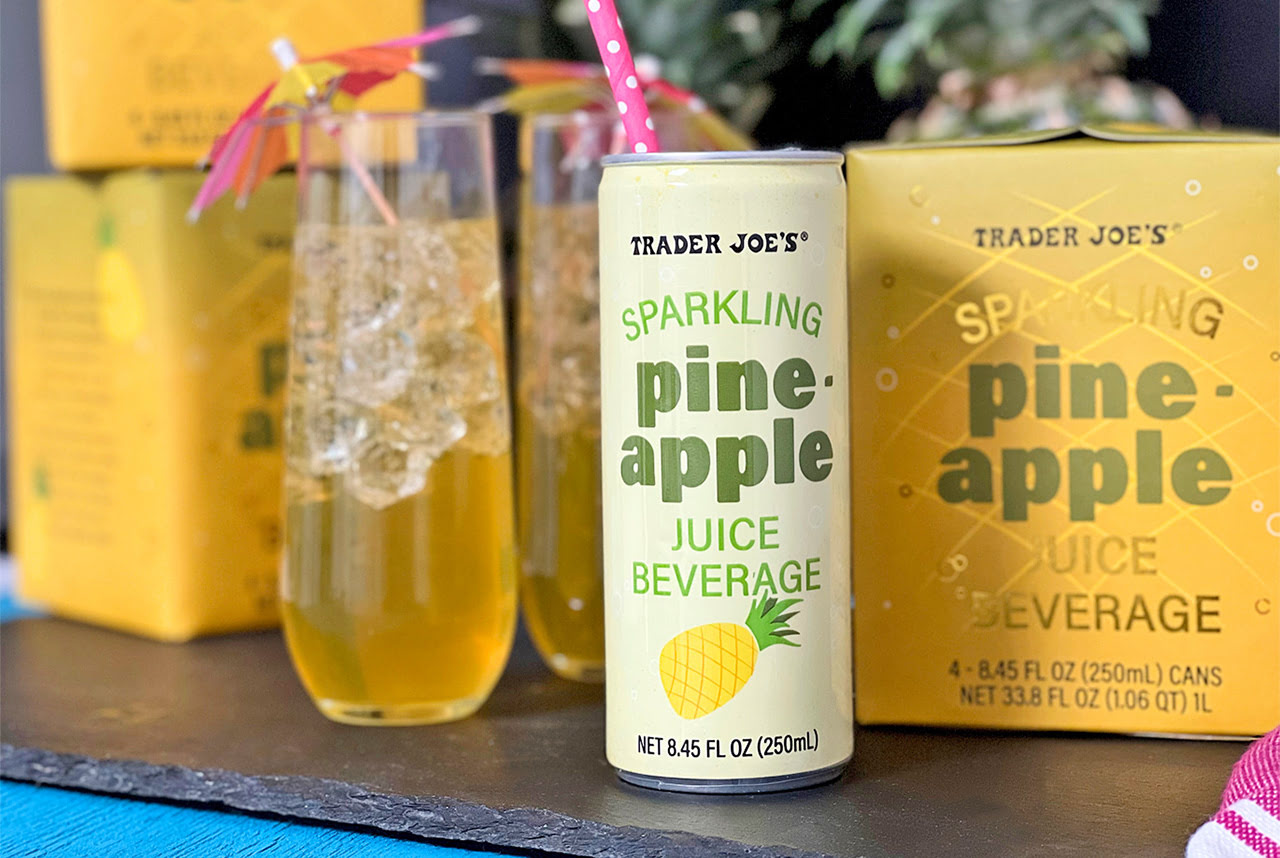
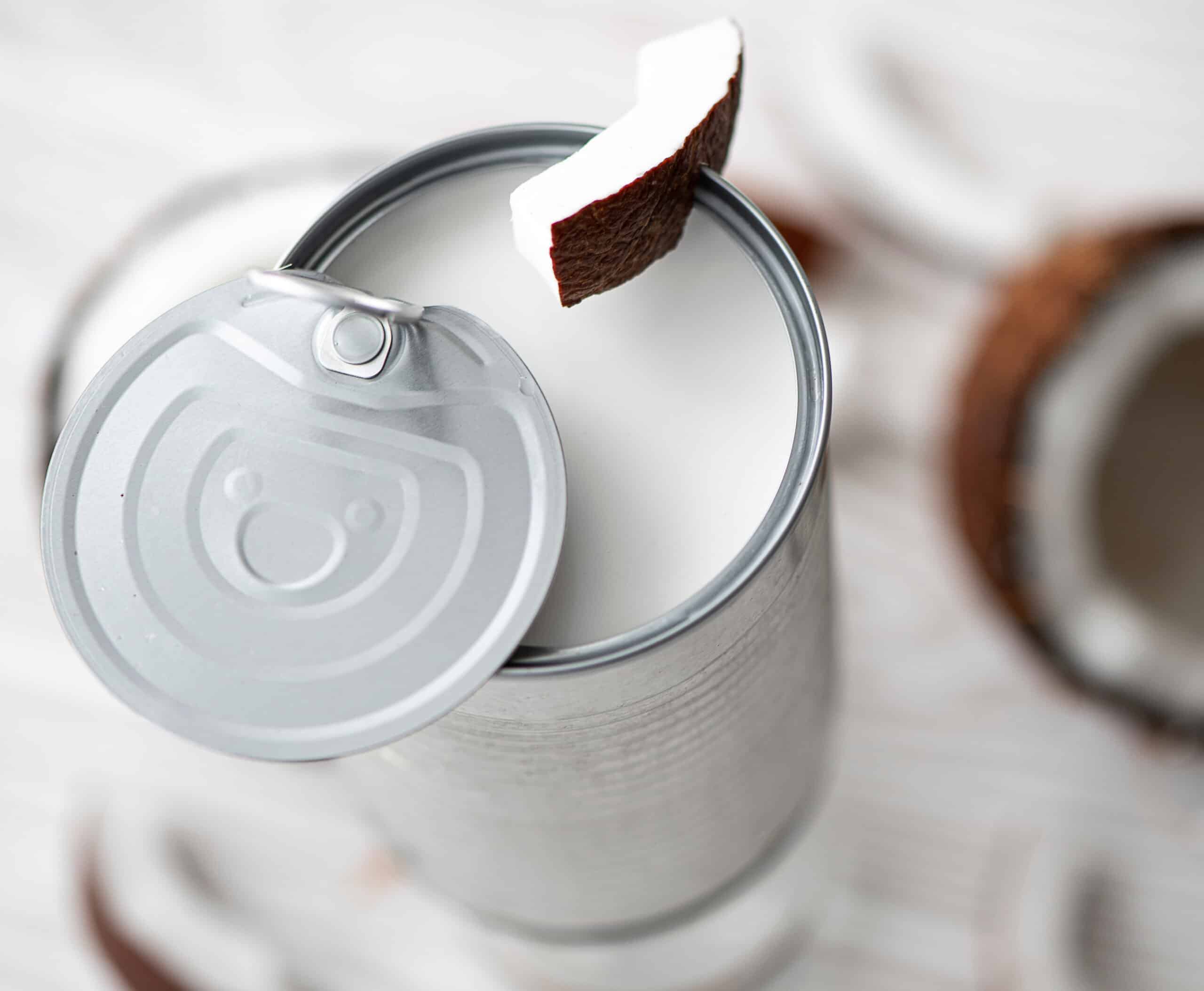
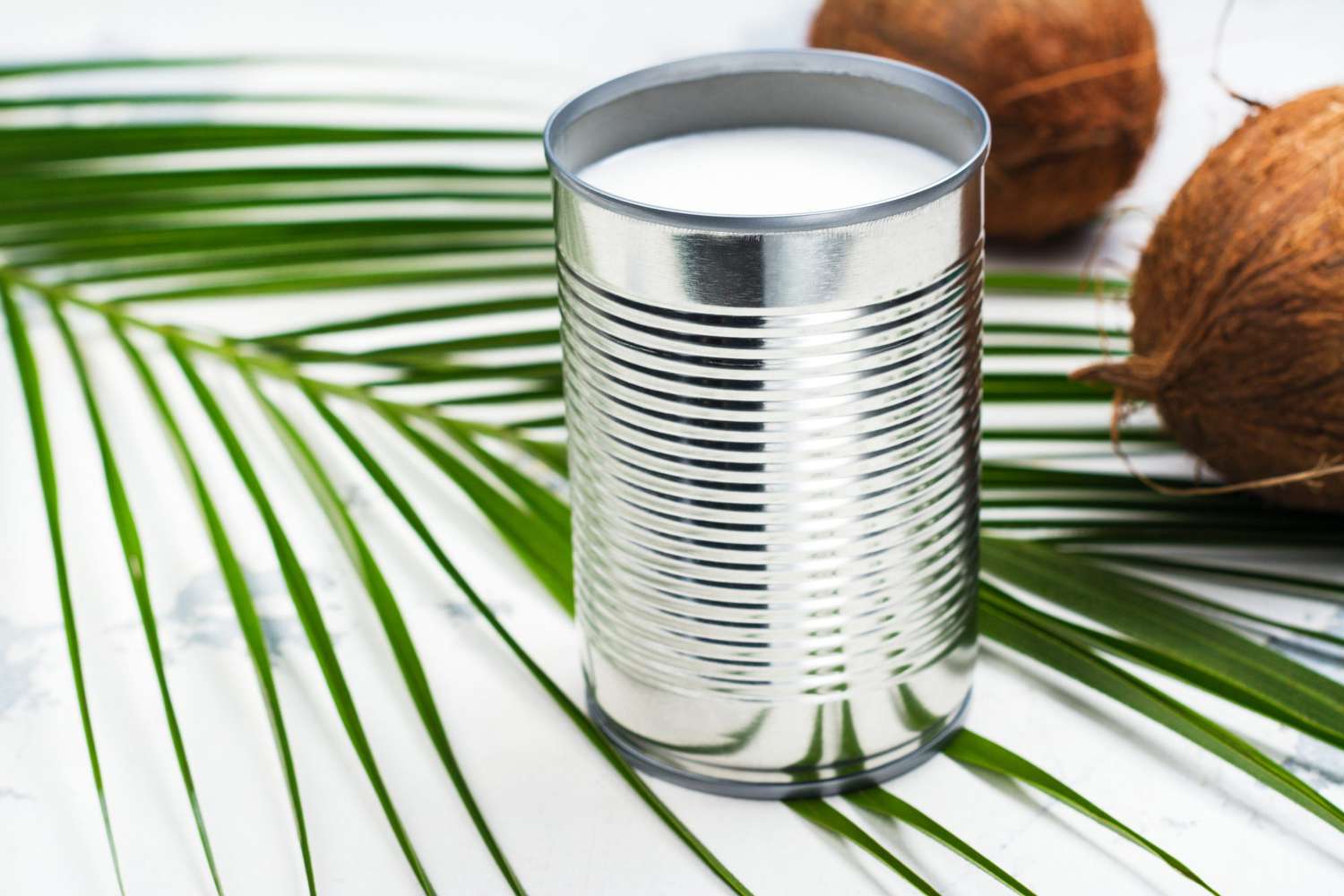


0 thoughts on “How To Store Anchovies After Opening Can”